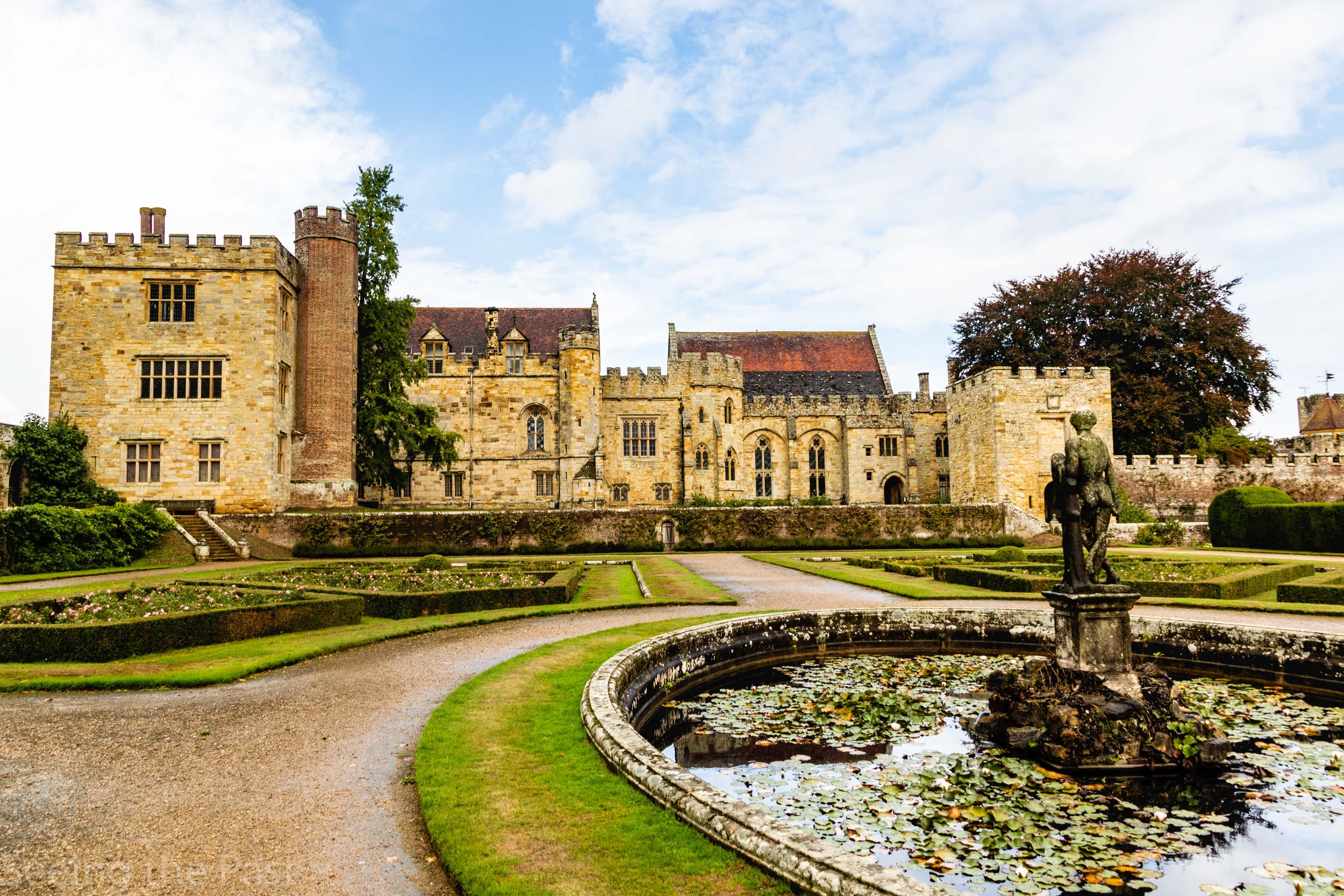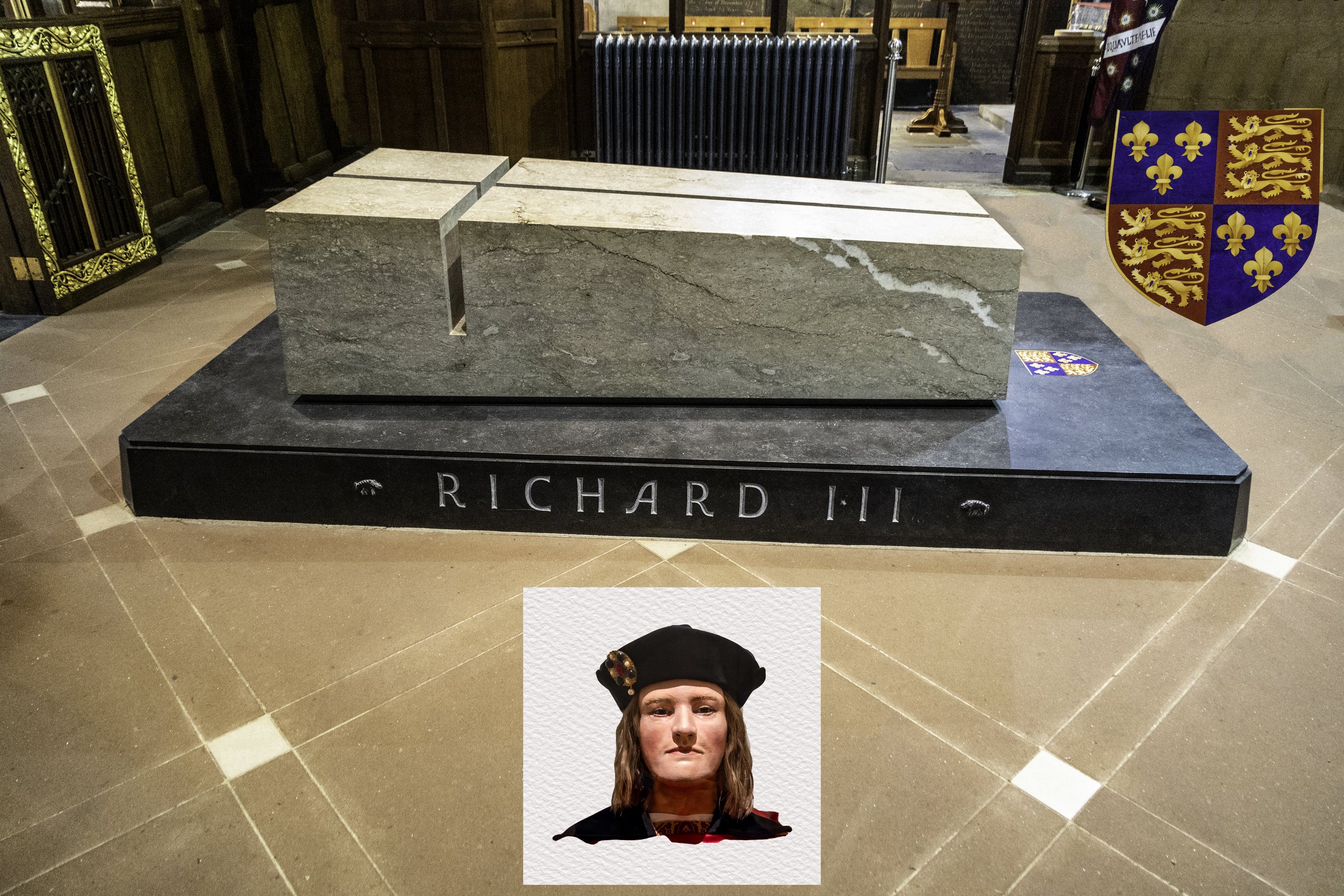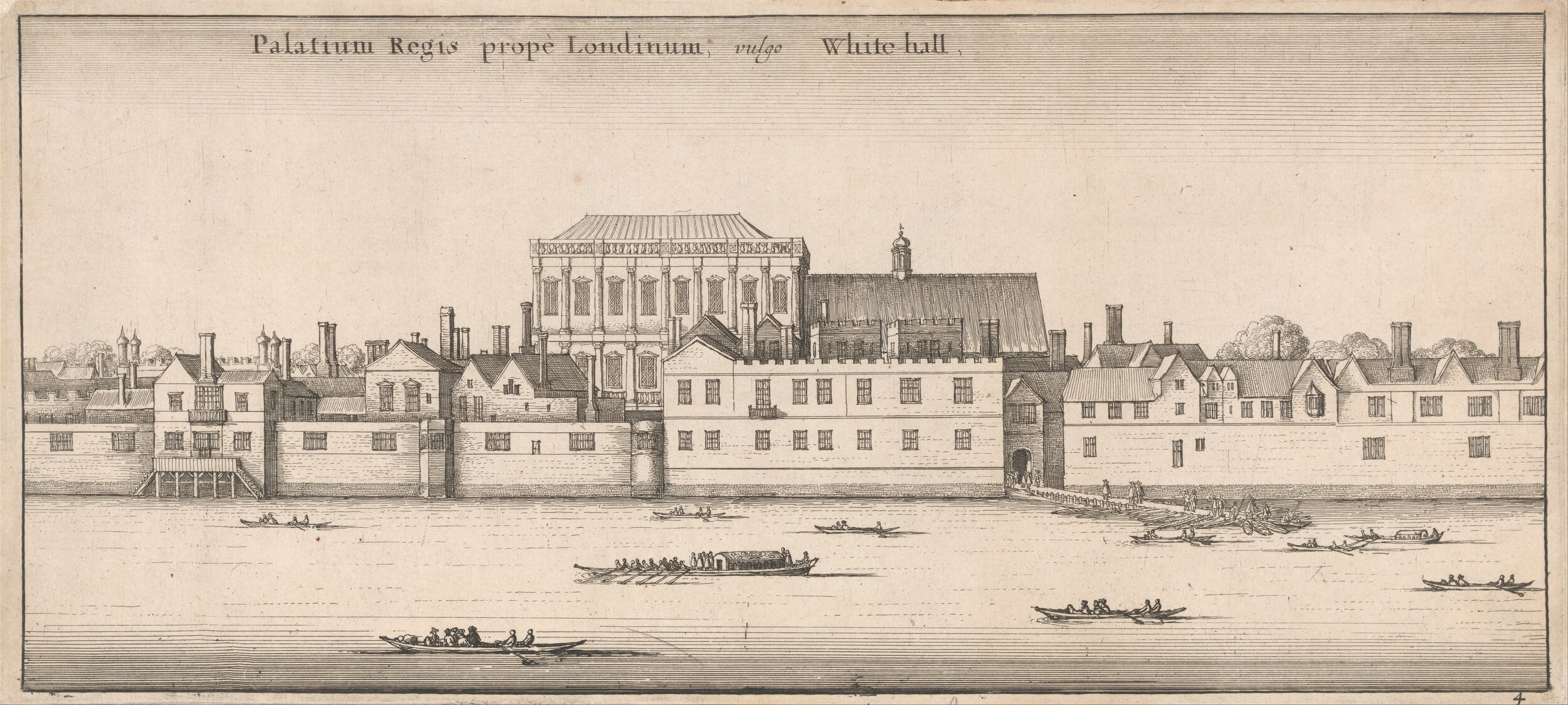Hever Castle, the home of Anne Boleyn; victim or "gold-digger"?
/Why visit Hever Castle?
If you love your Tudor history, Hever Castle is the perfect place to get up close to several significant pieces of 16th century history. Built in 1271, it is the childhood home of Anne Boleyn, the second wife of Henry VIII who was Queen for only 1,000 days, and is home to not only classic Tudor architecture, but several notable exhibits. Located just outside of London (in Kent), Hever has been restored but furnished sympathetically to its original style by the wishes of the Aster family from America.
Hever is a beautiful castle and has brilliant examples of a medieval gatehouse, two superb portcullises and has some beautiful gardens you can stroll through. If that isn’t enough, you can see one of the best collections of Tudor Portraits in the whole of the UK (according to renowned historian David Starkey).
As you walk around, you can get a real feel for what is a really important part of English history. As all the rooms and interiors have been restored to be similar to the 16th century, you can really visualise what Tudor life would have been like - something which is hard to picture without walking around a place like Hever.
Read on to see some of the stories and scenes from one of the most important places in Tudor history.
How difficult it would be to get in with the drawbridge raised and the two portcullises (see photos above and below) down?
If an invader manages to get past the first portcullis, he would probably not be able to get past the second one and so he would be trapped in the middle between them. On looking up he would discover these “murder holes” through which would come arrows, rocks etc, to, as the term suggests, murder him!
Your view as you come through the gatehouse.
As you enter the castle and look to the left, this is what you can see taking you back in time.This entrance hall was added to this Tudor part of the castle by Anne’s father. Below is the view from looking right.The timbers of the doorway below have been dated to the late 15th century.
In Anne’s time this room, now called the “Inner Hall” was the kitchen but when the Asters set about restoring the building they installed all of this beautiful carved woodwork in 1905. Although this is fairly modern, it conveys the atmosphere of an earlier period and all around are hung paintings of key Tudors.
In the Inner Hall you can see a replica of a a clock which HenryVIII gave to Anne Boleyn for a wedding present. A mid 18th century bronze of Henry himself is just above it.
The Drawing Room above was created in 1905 with the oak panelling being based on Elizabethan panelling from Sizergh Castle, Cumbria. In Tudor times, it was some domestic offices.
Above is the dress worn by Genevieve Buujold (see below) in the role of Anne Boleyn in the film Anne of a Thousand Days.
Here you can see the Dining room which was once the Great Hall until the roof was lowered to create the Long Gallery. Just out of view on the left is this fireplace with the Tudor Rose on the hood.
A typical architecture feature of this period is the “Long Gallery”. Anne’s father, Thomas, built it in 1506. It would have been used to entertain guests and show off Thomas’ art collection. Apparently, Henry VIII would use an alcove at the end of this gallery to meet important people when he was residing at Hever. Dr David Starkey helped curate the current art collection which he regards as one of the best collections of Tudor portraits after the National Portrait Gallery in London.
This scene is set in 1523. Henry VIII is here with his mistress, Jane’s sister, Mary. Anne is furious because she has been forbidden to marry her love, Henry Percy. The official reason for this was because neither Anne nor Percy asked for the king’s permission. Historians have suggested that the real reason was that Henry VIII was already lining her up to be his next mistress and marriage would have ruined his plans.
A young Anne Boleyn in her bedroom.
Anne Boleyn reading her love letters from Henry.
Henry would use this bed when he visited.
Above you can see two beautifully illustrated prayer books belonging to Anne Boleyn. She even signed both of them. Each one is called a book of hours because they were used in small services at at eight fixed hours every day.
In the same room as the two books is this large tapestry. It shows the marriage of Henry’s sister, Princess Mary Rose to Louis XII of France. The marriage only lasted 3 months as Henry died and so Mary Rose went on to marry Henry’s friend, Charles Brandon, the Duke of Suffolk. You probably will have heard of Mary Rose because of the Henry’s recovered flagship now preserved in Portsmouth. She was also Lady Jane Grey’s grandmother, the princes who attempted to be queen instead of Mary I.
On the left part of the Anne’s Boleyn-Howard coat of arms and on the left you can see the coat of arms when Henry married Anne, the left hand side being Henry’s and the right hand side being Anne’s.
Why was Anne called Boleyn and her father called Bullen?
Anne’s family name was Bullen but when she was in France in the king’s court, she decided to adopt the way a French person would spell it phonetically. Boleyn sounded cool and more sophisticated and in those days of handwritten documents, there was no agreed way for spelling words. When printing came in, more books and documents were produced and read by more people and so they had to ageee on correct spellings.
Was Anne a “gold-digger” and a “Jezebel” or was she the innocent victim of Henry’s desire to get a son?
Catholics, believing in Catherine of Aragon’s right to be queen accused Anne of being downright evil. Others believe it was Henry who made all the moves and it was difficult to oppose him, he was the king after all. Alison Weir points out that Anne openly wanted church reform, something abhorrent to Catholics. Although she may not have slept with Henry until they were virtually married, she was seen as the woman who got between Henry and his lawful wife and obviously anyone in that role was not going to be popular. Protestants have praised her for promoting Protestantism and being the mother of Elizabeth I. By refusing to be Henry’s mistress, unlike her sister Mary, her allure to Henry was such that he became determined to get her as his wife and it could be argued this was her plan all along. In her book on the six wives, Alison Weir wrote
“He was intrigued by her grace and her sharp wit, while her sophistication and sexual allure were in delightful contrast to queen Katherine’s piety and grave dignity. Anne was twenty four, Katherine approaching forty; in every way Anne was in direct contrast his ageing wife.........When he looked at Anne, he found himself drawn to her as he had been to no other woman before her....”
Is Hever Castle haunted?
If you believe several witness statements, then yes it is. Needless to say that ghost sightings revolve around the sad story of Anne Boleyn. On Christmas Eve, Anne has regularly been seen wandering the castle gardens and in particular going across the bridge that spans the River Eden. Some people have added that she stops to drop a sprig of holly into the water below.It has been suggested that she is returning to the home of her youth where she experienced such happy times. She is also seen beneath a great oak where tradition has it that she and Henry VIII courted. Added to this is the story that her father has been seen in Hever Village on a ghost horse drawn carriage.
Various people have claimed to have seen weird, floating objects at Hever. One such account was in 2013 when the Kent News published a photograph, taken by medium Christine Hamlett, of “an orb that appeared to be ascending a staircase!”
Other ghosts seen and heard at Hever include one that haunts the gallery who regularly groans and bangs on the walls. Associated with that is a phantom horse often seen in the “Long Gallery”. One final ghost is that of a local farmer called Humphrey who appears at the place the grounds where he was murdered!
Find out more;
Essential information.
Opening times
2019 – Grounds open at 10:30 am – Castle opens at 12:00 noon
Ticket prices
Castle & Gardenson Entry Gardens Only on Entry Castle & Gardens Online Gardens Only Online
Adult£ 17.75 £14.95 £16.75 £14.15
Senior (60) £15.60 £13.45 £14.75 £12.75
Student £15.60 £13.45 £14.75 £12.75
Child (5-17 ) £9.95 £9.40 £9.40 £8.90
Child under 5 Free Free Free Free
Family* £46.85 £41.10 £44.30 £38.90
*2 adults/2 children or 1 adult/3 children
Getting there
Sat Nav postcode TN8 7NG
Hever Castle is located 30 miles from central London, 3 miles southeast of Edenbridge off the B2026 between Sevenoaks and East Grinstead in the village of Hever.
It can be reached via junction 10 of the M23, and is signposted from junctions 5 and 6 of the M25 and the Hildenborough exit of the A21. Note that the last part of the journey involves taking some minor roads and so be prepared for passing places etc.
By Rail
Trains run from London Victoria and London Bridge (via Oxted or East Croydon) to Edenbridge Town Station, and then take a taxi for three miles to the castle. Relyon Taxis are near the station, telephone 01732 863800. It is a good idea to book a taxi in advance for both legs of your journey.
Hever Station (next on line, unmanned and no taxis) is a one-mile rural walk to the castle. (Map of walk from station to castle). As you leave the platform you will also see another map on your left. This will guide you to Hever Castle, but you simply need to look out for red and white wooden posts.
There are no regular bus services to Hever Castle.












































Framlingham is a great castle to discover and has a fantastic story to tell as well as having a song written about it by Ed Sheeran in 2017 featuring its part in his upbringing. It was successfully besieged by King John and was Mary Tudor's refuge in the succession crisis. It is surrounded by beautiful parkland that was once the hunting ground of the dukes of Norfolk and has a great wall walk that enables visitors to wander three quarters of the length of the surrounding walls in safety. It has a small informative museum and a cafe which offers a good range of hot and cold seasonal meals, baguettes as well as choice of delicious cakes, snacks and offers a good quality coffee.